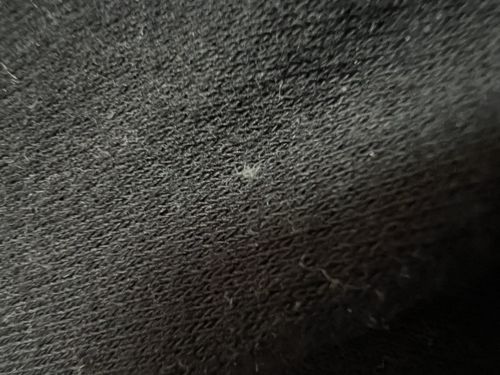Dust Mite
Scientific Name: Dermatophagoides spp.
Order & Family: Acariformes, Pyroglyphidae
Size: 0.2 - 0.3 mm

Natural Habitat
Indoor environments, particularly mattresses, upholstered furniture, carpets, and bedding, where they feed on shed human and animal skin flakes.
Diet & Feeding
Primarily feed on dead skin cells (dander) shed by humans and pets. They do not bite or live on living animals.
Behavior Patterns
Dust mites are microscopic and thrive in warm, humid environments. They are not visible to the naked eye. Their life cycle includes egg, larval, nymph, and adult stages, lasting about 1-3 months. They are nocturnal and avoid light.
Risks & Benefits
Potential Risk: Dust mites are a common trigger for allergies and asthma. Their fecal matter and body fragments can cause respiratory problems, skin rashes, and eye irritation in sensitive individuals. Potential Benefit: They play a role in breaking down organic matter in indoor environments, though this is vastly outweighed by their allergenicity.
Identified on: 10/7/2025